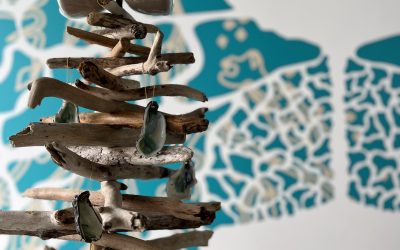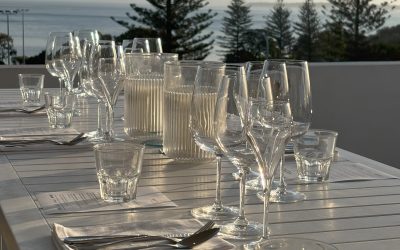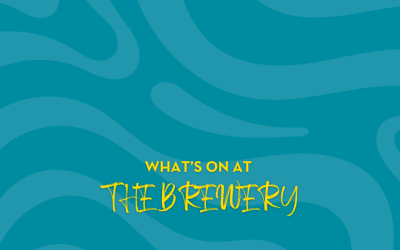While Straddie is known for being the second biggest sand island in the world, the sealed roads connecting the townships of Dunwich, Amity and Point Lookout also make it one of the easiest to access by car, bus or bike. There’s so much to see and do between these three places it’s easy to forget there’s a whole lot more Straddie to explore, and no shortage of great fishing spots to share (or keep to yourself).
If you want to see as much of Straddie as possible in a week or a weekend, you can’t beat jumping in a 4wd, airing down the tyres and heading east to main beach via Alfred Martin Way or as the locals call it, the Causeway.
Once you get to the eastern coast of the island it’s nothing but sun, sand and the might of the Pacific, from Point Lookout to the north all the way down to Jumpinpin, the ‘new’ southern tip of North Stradbroke Island. From the moment the road gives way to softer sand, the speed limit drops, island time kicks in and the only thing on your mind is where you’ll make camp, or whether this gutter is better than that one back there…that and a cold beer of course, but what do you do when there’s still plenty of daylight, still plenty of fish in the sea and you haven’t made it to Jumpinpin yet?
“…island time kicks in and the only thing on your mind is where you’ll make camp, or whether this gutter is better than that one back there…that and a cold beer of course.”
Often in beer, more flavour comes with an inevitable trade-off – more alcohol. This is because malt flavours and alcohol in beer start with the same ingredient – predominantly barley and wheat malts that make up the flavour ‘backbone’ of the vast majority of beers. Those malts contribute non-fermentable and fermentable sugars, the former stick around as flavour and body, the latter are metabolised by the yeast into co2 (bubbles) and ethanol, or alcohol. Ergo the more malt, the more alcohol. In the modern age of industrial brewing and ‘macro lager’, small or lower alcohol beers have gained a reputation for being thin, watery and bland, because most of them are these days.
Small beer, or beer lower in alcohol, is nothing new however, and it wasn’t always like this. Forgive me, this is not the first time yours truly has banged on about how beer has been many, many things in its long history, but ‘full strength beer’ is actually a relatively new norm, historically speaking.
For most of human history, beer has been small but still magnetically delicious, refreshing and invigorating. Mid Track Session Ale follows in that spirit, with a tip of the hat to the malty but mild British styles of ordinary bitters with a modern Australian twist of citrusy hops. Think toffee, biscuit, mandarin and nectarine but only 2.8% abv.
Good beer for me is beer that is brewed for flavour and enjoyment first, but that is never the only element of a beer that matters to the person who drinks it whether they know it or not. With our Mid Track Session Ale as with all our beers, we’ve brewed for flavour and enjoyment first, but we’ve squeezed it all into a smaller % abv, using a careful process and recipe along with a special yeast strain that leaves more of the flavoursome malt sugars as just that, more flavour and less alcohol.
There’s only so much daylight every day and with so much Straddie to enjoy, Mid Track Session Ale lets you stay as sharp as the hook on the end of your line. Now you can enjoy every moment of daylight, pushing on to that one last fishing spot, and waking up bright and early to do it all again tomorrow, without sacrificing flavour.
Cheers to that!
Beernote:
Until our Island brewery is constructed, we are brewing our beers a batch at a time, whenever there is some brewery space to spare at Ballistic Beer Co, Salisbury. For this, we are forever grateful. The Ballistic team have a well-earned reputation of making award winning beers of exceptional quality and have the water treatment (reverse osmosis) equipment necessary to create a good representation of the water profile we will eventually be brewing with on Straddie.


